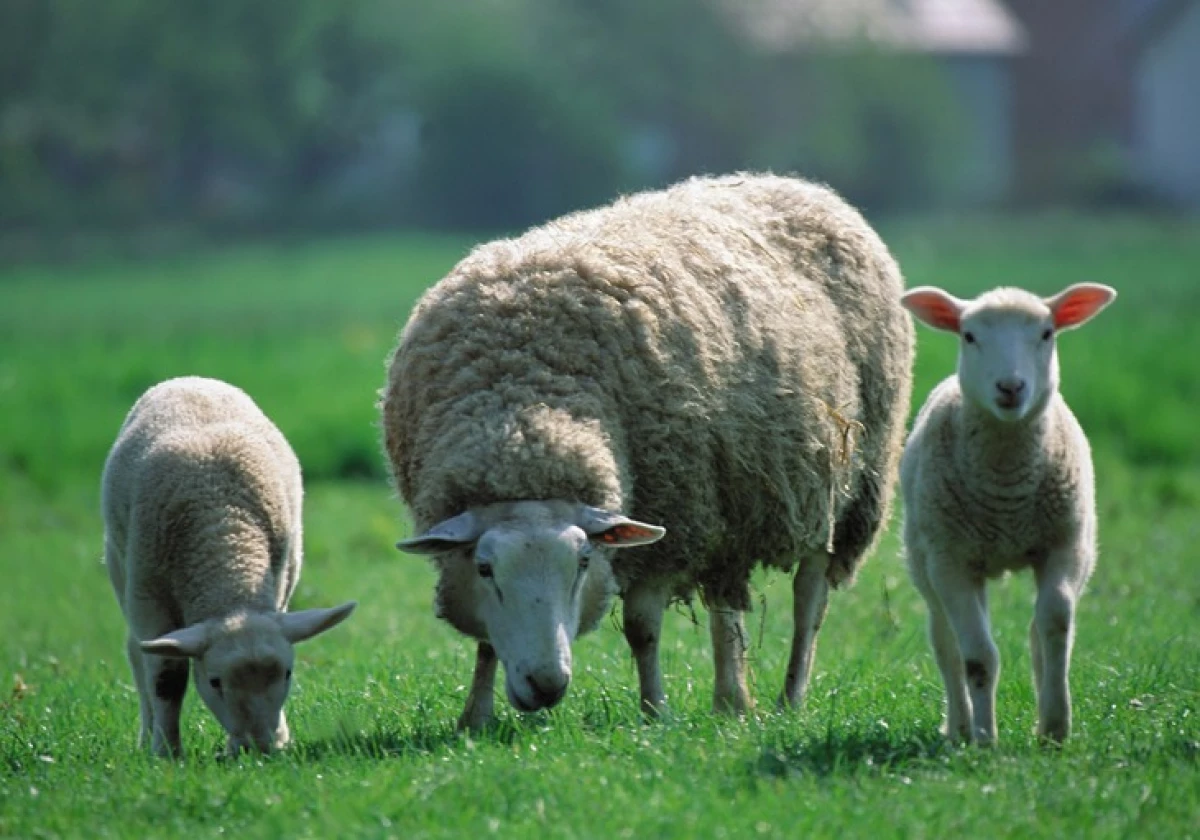
The causative agent of infectious entertainment of sheep is a spore-proceeding anaerobe - Clostridium Perfringens types C and D. Forms capsules in the animal organism or on serum environments. The dispute molds of microbes are thermostable in a liquid medium, when boiling is destroyed after 90 minutes. In the intestine of animals, the microbes are actively multiplied and highly active toxins produce, which are absorbed into the blood and cause disease.
Perceived adult sheep and lambs, as well as goats. The source of the causative agent of infection - patients with sheep and animal-bacillos. In the soil of pastures and objects of the external environment, the pathogens are preserved for years than the stationary disadvantage of individual farms is due. Characteristic seasonality: sheep infectious enterotoxide is more often marked in spring and autumn. Individual cases of the disease are possible in the stall period, especially with abundant feeding with concentrated feeds. Animals are infected with causative agents with feed and water to the gastrointestinal tract. The occurrence of the disease contributes to the violation of the functions of the gastrointestinal tract associated with the change of feeding regime, the defeat by helminths and the action of other factors.
Sheep infectious enterotoxide proceeds lightning, sharply and chronically. In the darkness of the animals completely healthy in the evening, the inhibition of animals are dead or noted in animals inhibition, stiffness, replacing with excitation and disorderly movements. Animals fall and in phenomena cramps die in a few minutes. Body temperature is usually normal. In the acute flow, the disease lasts up to 1 day. The chronic flow is observed in animals having bad fatness. Patients with sheep celebrate weakness, refusal of feed, diarrhea, anemia, the jaggility of the mucous membranes, signs of damage to the nervous system. The disease lasts up to 5-6 days.
The blown of the corpse, the injection of blood vessels of the subcutaneous fiber, the presence of a large amount of exudate in the abdominal and thoracic cavities, hemorrhages on epicardia, decomposition and blood flowing of the liver, ethnicity of light and mesenteric lymph nodes. The softening of the kidneys is noted in young animals that have fallen from the disease caused by Cl. PERFRINGENS TYPE D. When enterotoxmia caused by Cl. PERFRINGENS TYPE C, detect hemorrhagic intestinal inflammation. The mucous membrane is obscured by some places.
They put on the basis of clinical and pathoanatomical data, taking into account the epizootic situation and the results of laboratory research. It is necessary to exclude bridget, Siberian ulcers, poisoning.
At the beginning of the disease, a hyperimmune serum is used in combination with antibiotics.
In disadvantaged farms in order to prevent the infectious entertainment of sheep, the entire population vaccinated a month before the occurrence of the disease season. Use a vaccine or anti-sliced polyanoxine. In the event of infectious enterotoxmia, the sheep of patients with animals isolate; Healthy is introduced hyperimmune serum and translate them on stall content with rude feed feeding. Opening the corpses, removal of wool and skins with fallen animals are prohibited
Management of Rosselkhoznadzor in the Republic of Mordovia and Penza region
